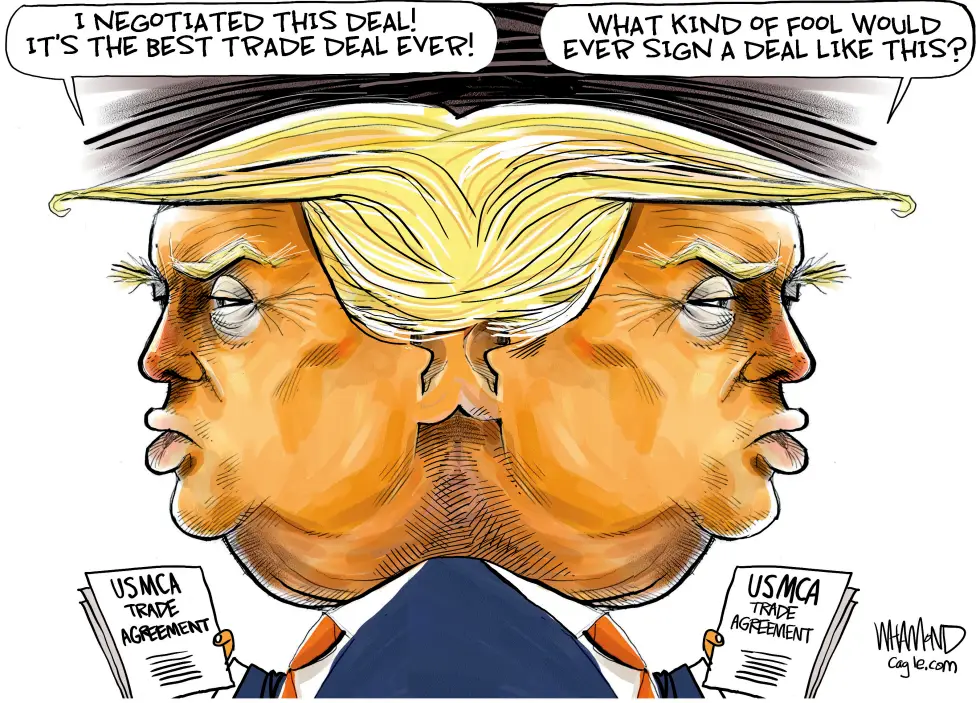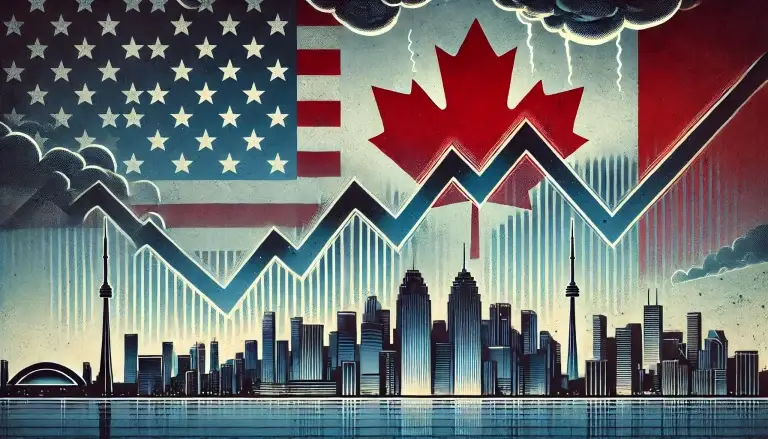
The evolving trade tensions between the United States and Canada, initiated by former U.S. President Donald Trump’s tariff policies, are on the brink of affecting the working-class populations in both nations. While the full impact is yet to be realized, current developments indicate that these policies are beginning to disrupt economic stability and could soon have tangible consequences for everyday citizens.
Emerging Economic Strains
The imposition of tariffs on Canadian imports is expected to lead to increased prices for consumer goods in the U.S., exacerbating the existing cost-of-living challenges. According to the Budget Lab at Yale University, these tariffs could result in a loss of approximately $2,400 in purchasing power for the typical American household. Industries heavily reliant on imports, such as electronics and toys, may pass these additional costs onto consumers, further straining household budgets.
In Canada, the anticipated decline in exports due to U.S. tariffs could lead to significant job losses, particularly in provinces like Quebec, where up to 100,000 jobs are at risk. The interconnected nature of North American supply chains means that disruptions in trade can have cascading effects, potentially leading to layoffs and reduced working hours for employees in affected industries.
Early Signs of Consumer Backlash
The brewing trade war has already sparked consumer reactions that hint at broader economic implications. In Canada, there is a growing movement to boycott American products, leading to tensions in the retail sector. Reports have surfaced of Canadian grocery stores allegedly mislabeling U.S. products as locally produced to maintain sales, a practice that has frustrated consumers and led to numerous complaints.
Such consumer behavior underscores the potential for decreased demand for imported goods, which could, in turn, affect jobs in both countries. For instance, reduced purchases of American products by Canadians could harm U.S. manufacturers and retailers, leading to job insecurity for workers in those sectors.
Potential for a “Trumpcession”
Economists are cautioning about the possibility of a recession, termed “Trumpcession,” resulting from the ongoing tariff policies. The combination of increased consumer prices, rising inflation, and investor uncertainty could slow economic growth. Layoffs are reportedly on the rise, and investor confidence is waning, with the unemployment rate reaching its highest point since October 2021.
For working-class individuals, this economic downturn could translate to job losses, reduced wages, and heightened financial insecurity. The manufacturing sectors in both countries, which employ a substantial portion of the working-class population, are particularly vulnerable to these shifts.
The Road Ahead
As these trade tensions continue to unfold, it is crucial for policymakers to consider the impending impact on working-class citizens. Strategies to mitigate job losses, support affected industries, and stabilize consumer prices will be essential in navigating the challenges ahead. Both nations must weigh the long-term consequences of protectionist policies against the immediate need to safeguard their economies and the livelihoods of their citizens.
In conclusion, while the full effects of the current U.S.-Canada trade policies are still emerging, the signs point toward significant challenges for the working-class populations in both countries. Proactive measures and thoughtful diplomacy will be key to mitigating these impacts and ensuring economic stability in the face of rising tensions.



